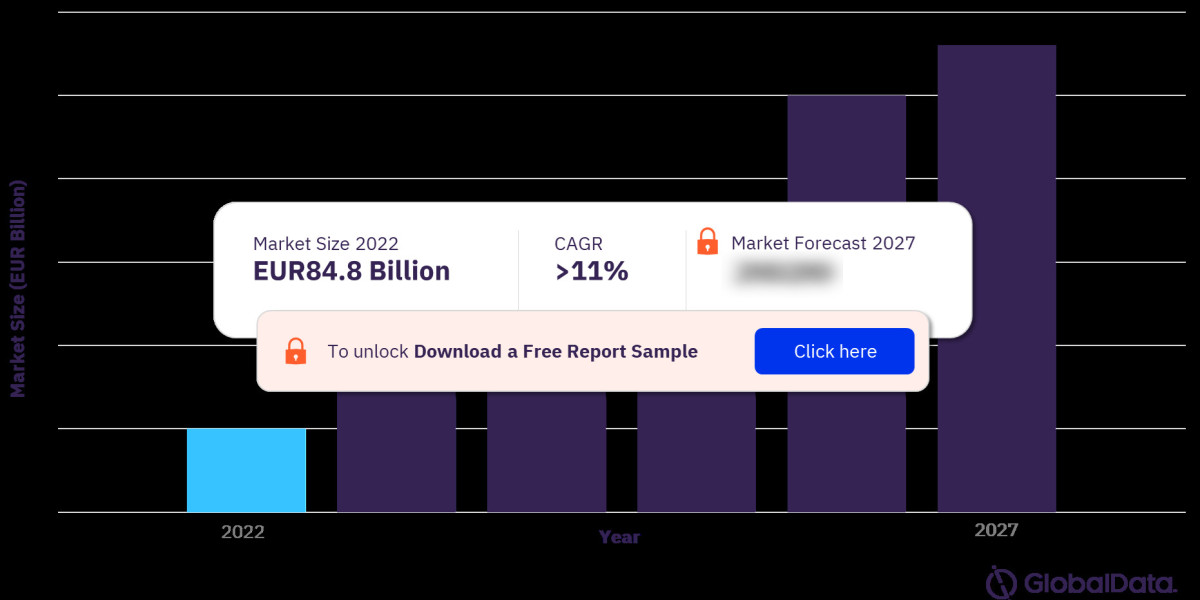Germany's foodservice industry is a vibrant tapestry woven from rich culinary traditions, a discerning consumer base, and a dynamic marketplace. Valued at an estimated USD 132.04 billion in 2024, the market is projected for continued growth, reaching USD 175.27 billion by 2029 with a Compound Annual Growth Rate (CAGR) of 5.83% [Mordor Intelligence]. This article delves into the key trends, segments, and future prospects shaping this ever-evolving landscape.
Market Segmentation: A Diverse Culinary Landscape
The German foodservice market caters to a wide range of preferences through its diverse segmentation:
Foodservice Type: Full-service restaurants reign supreme, capturing the largest share with their focus on regional and international cuisines (Asian and European leading the pack). Quick service restaurants (QSRs) cater to the demand for convenience, while cafes and bars offer a social dining experience. Cloud kitchens, a recent innovation, are gaining traction, capitalizing on the online food delivery boom.
Outlet Type: Chain restaurants offer brand consistency and value, while independent outlets provide unique culinary experiences. Both segments hold significant value within the market.
Location: Leisure destinations like amusement parks and resorts offer foodservice options. Lodging establishments cater to guests, while retail stores like shopping malls integrate food courts for added convenience. Standalone restaurants and those situated in travel hubs like airports further enrich the diverse landscape.
Consumer Trends: A Shift Towards Convenience and Experience
German consumers are increasingly prioritizing convenience and experience when it comes to dining out. Key trends shaping the market include:
Health and Wellness: Consumers are seeking healthier options, with a focus on fresh, locally sourced ingredients and sustainable practices.
Convenience: Busy lifestyles fuel the demand for grab-and-go options, online food delivery, and digital ordering platforms.
Experience: Consumers are looking for unique and immersive dining experiences, with ethnic cuisines and themed restaurants gaining popularity.
Sustainability: Environmental and ethical concerns are influencing choices, with a growing demand for eco-friendly packaging and ethically sourced ingredients.
Value for Money: Price consciousness remains a crucial factor, with consumers seeking quality at affordable prices.
The Rise of Digitalization and Delivery
Technology is playing a transformative role in the German foodservice market. Online food delivery platforms like Lieferando and Delivery Hero are witnessing exponential growth, offering convenience and a wider selection to consumers. Additionally, digital ordering systems in restaurants and the use of self-service kiosks are streamlining operations and enhancing customer experience.
Emerging Segments: A Look at the Future
The German foodservice market is constantly evolving, with new segments emerging to cater to changing consumer preferences. Some key areas to watch include:
Cloud Kitchens: These delivery-only kitchens offer a cost-effective way for restaurants to expand their reach without the overhead costs of a physical space.
Plant-Based Food: The demand for vegetarian and vegan options is surging, prompting the rise of plant-based restaurants and menus featuring meat alternatives.
Ethnic Cuisines: The German palate is becoming more adventurous, with a growing interest in Asian, Latin American, and African cuisines.
Food Halls and Street Food: These vibrant concepts offer a variety of cuisines under one roof, catering to a social and experiential dining experience.
Challenges and Opportunities: Navigating a Competitive Landscape
Despite its promising future, the German foodservice market faces its share of challenges. Rising operational costs due to labor shortages and ingredient prices can squeeze profit margins. Additionally, intense competition within the market necessitates continuous innovation and adaptation to stay ahead.
However, these challenges also present opportunities. Embracing technology to optimize operations and reduce costs is crucial. Additionally, focusing on niche markets and catering to specific dietary needs can create a competitive edge. Building strong relationships with local suppliers to ensure a sustainable and cost-effective supply chain is another key strategy.
Conclusion: A Bright Future for the German Foodservice Market
Germany's foodservice market is a dynamic and thriving sector poised for continued growth. By understanding the evolving consumer trends, embracing innovative technologies, and catering to emerging segments, players in this market can ensure a successful future. As the industry continues to adapt and cater to the ever-changing demands of its consumers, Germany's culinary scene is guaranteed to remain a vibrant and exciting landscape for years to come.
For more insights on the Germany foodservice market forecast, download a free sample report



